#but I love how dramatic the french and czech translation is!
Explore tagged Tumblr posts
Text
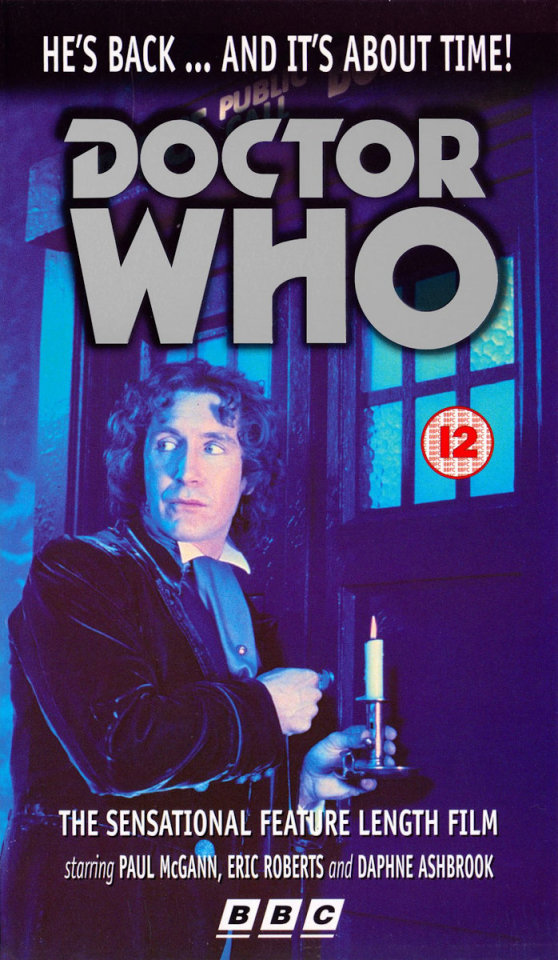
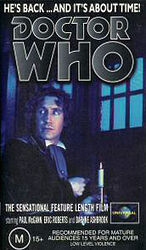
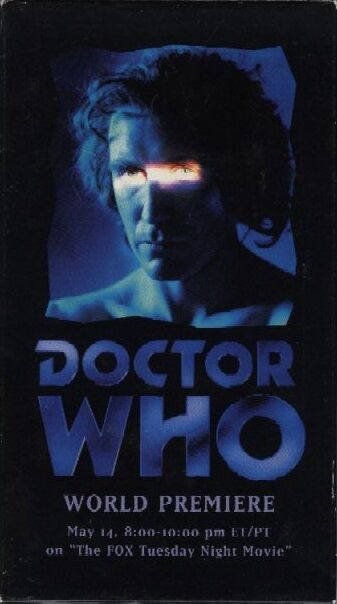
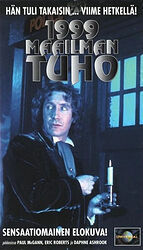
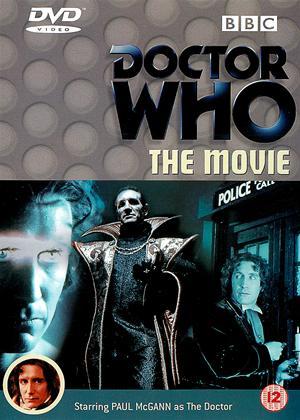
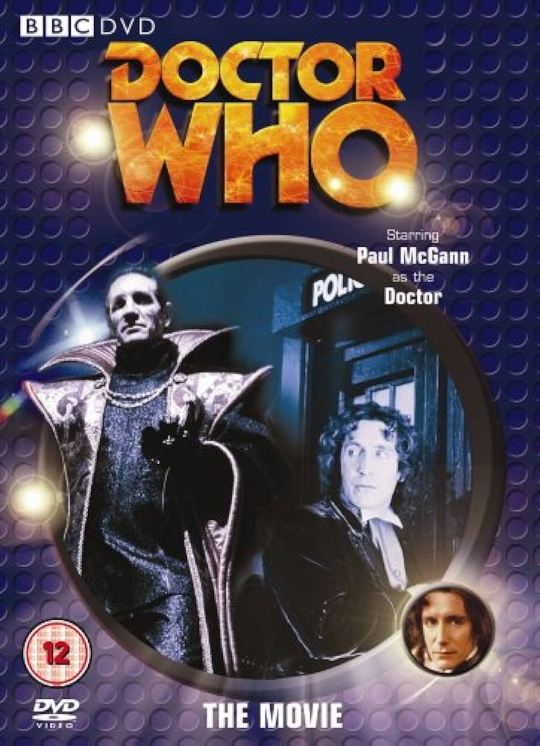
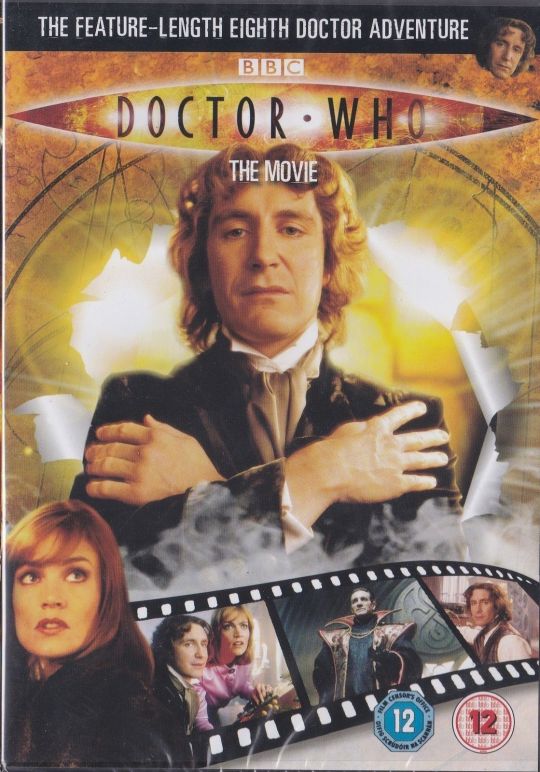
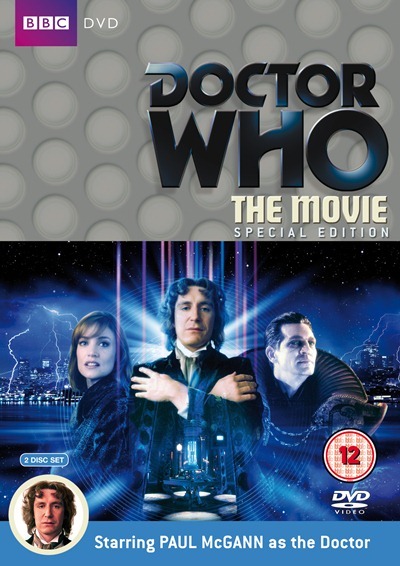
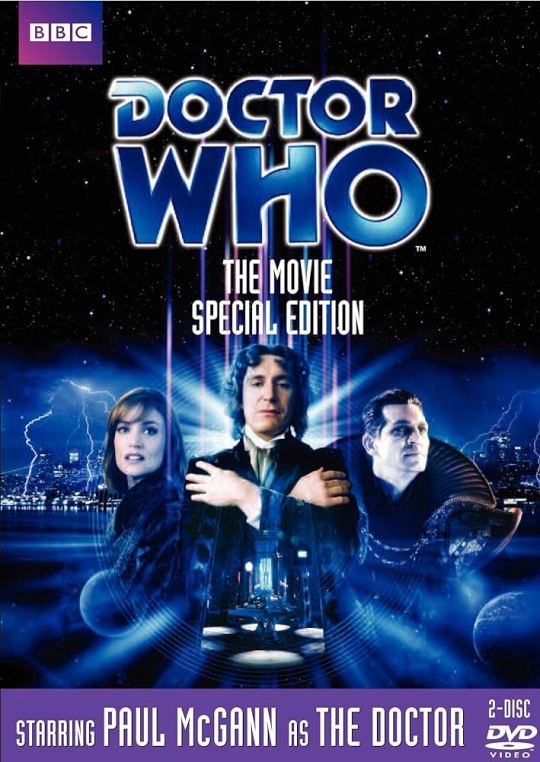
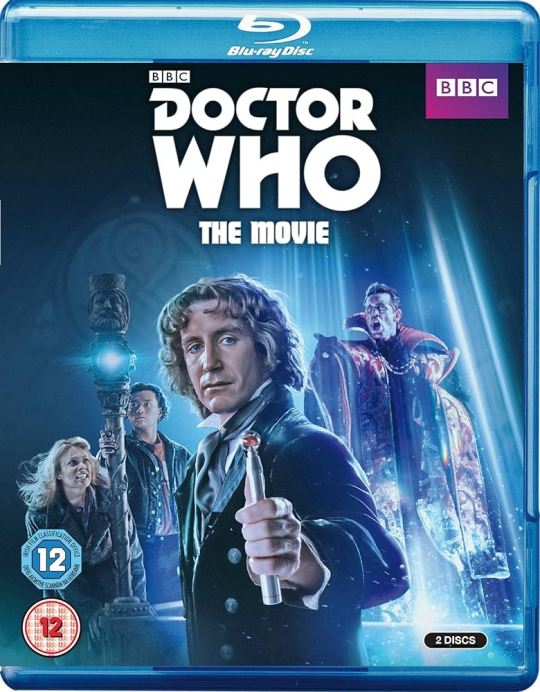
Doctor Who (1996) + VHS & DVD covers, variations.
Featuring Australia's M rated cover, and the very rare US VHS.
I included Finland's release of the VHS, for apparently (according to The TARDIS Library), it translates to "1999: Destruction of Earth." And I found that quite interesting!
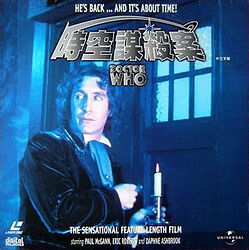
Bonus: The Chinese Laserdisc, Japanese VHS, & Czech Republic VHS:
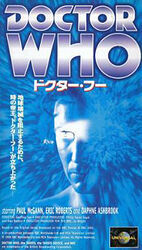
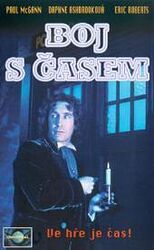
Sidenote: The Czech Republic & French VHS both translate to: The Lord of Time. How intriguing!
#I also decided to throw the laserdisc in here as well#because it's cool#the sixth (out of seven) of DW laserdiscs made#still planning on getting the bluray release sometime#I own the UK and Australia VHS's#and the US DVD#but I love how dramatic the french and czech translation is!#sylvester mccoy#paul mcgann#daphne ashbrook#eric roberts#yee jee tso#seventh doctor#eighth doctor#grace holloway#roberts!master#chang lee#doctor who#doctor who the tv movie#mcgann monday
50 notes
·
View notes
Note
Your blog is incredible, I love it. Are there any books about Elisabeth that you absolutely recommend? I know films and series about her are not the best but are there any that are ok?
Hello anon, sorry it took me so long! And thank you so much for your kind words. I've already mentioned some books available in English that I believe are a must to learn about Elisabeth on this ask.
I would add to the recommendations Sissi ou la fatalité by Jean des Cars; while I found des Cars prose a bit too dramatic for my liking and I didn't agree with all his takes it's still a nice and solid biography of the empress. It was written originally in French and it also has translations in Spanish, Italian, Czech and Romanian.
I have another ask in queue about the films and series, but as a general answer for now: most of them are ok. The main problem with them is just how inaccurate they are, some over-romanticize her life and turn her into a fairy tale princess (Sissi Trilogy), while others modernize her to the point of making her unrecognizable to the historical woman (Sisi 2021, The Empress). But they're not unwatchable: for exemple, the Sissi Trilogy is a visually-lavish, feel-good coming of age story, Sisi 2021 is a hot mess but can have its moments, and I hated The Empress but every person that doesn't know the history that watched it said that they loved it, so it must have its charm.
Personally I recommend the German-language musical Elisabeth (which just happens to be my fav musical ever) and the 2009 mini series Sisi (not to be confused with the 2021 series). The musical covers her whole life since she got married until her death, with two particularities: first, that it's Lucheni, the man who assassinated her, who tells her story, and second, that Death is a character that lurks through out the entire show (and sings absolute bangers). It's only two and half hours long so a lot of things about Elisabeth are left out or simplified for dramatic purposes, and yet it is still one of the more nuanced portrayals of her life that exist. Meanwhile the mini series is the closest thing that we have to a historically accurate representation of Elisabeth's life; honestly I think its only major flaw is how short it is for the time period it covers (fourteen years in only three hours!), it feels rushed and some moments don't land because of how crammed the timeline is. But there was a real attempt to follow history and I appreciate that. Plus the costumes are gorgeous. You can find both of them on Youtube with subtitles in English.
Thank you for your question!
#the other flaw of the 2009 mini series is that it's a love story but I can forgive it#asks#empress elisabeth of austria#elisabeth das musical#sisi (2009)
17 notes
·
View notes
Note
Hello! thank you 4 your answer. I recommed to see Bells of Autumn, it's so beautiful. I love too much "How to wake a SleepingBeauty". It's very brilliant! I love also "3 Nuts 4 Cinderella". Old Czech movies are so good. I remember a live action Swan Lake. Do u know it? Has in Czech Republic some adaptation of this beloved tale? and do you know if there's a movie based on old French tale "Histoire de Blondine, Bonne Biche et Beau Minon"? I love too much this tale!
Hi again!
I will answer your second question first: no, there is unfortunately no Czech adaptation of French tale "Histoire de Blondine, Bonne Biche et Beau Minon". I wasn’t familiar with this fairytale myself, but I’ve read it here (with the help of Google translator) and it is a really nice tale, thank you for your recommendation!
Now regarding The Swan Lake, yes, we have a live-action fairytale film based on the Swan Lake. But you should keep in mind that it's a VERY LOOSE adaptation (e.g. the witch never transforms into Odette, the Prince never mistakes the two). There also seems to be some mild influence from Disney's Little Mermaid (Odette cannot speak when she meets the Prince for the first time, he has a dog of a similar breed as Prince Eric's).
The film is called The Queen of the Lake ("Jezerní královna"/"Die Seekönigin"). You can watch it here if you don’t mind the lack of subtitles (fairytale films are usually easy to follow even with no translation).
It was shot in 1998 by Václav Vorlíček (yes, the same director that created Three Wishes for Cinderella and How to Wake a Sleeping Beauty), though honestly, his later movies never reached the high quality of his earlier comedies and fairytales from 60′s and 70′s.
Details: In the 90's, director Václav Vorlíček made a deal with German TV to make 3 co-production fairytale movies with German production team. All three fairytale films star both Czech and German actors.
The result of the cooperation were the following movies: 1) The Magic Pouch ("Kouzelný měšec"/"Das Zauberbuch", 1996) 2) The Firebird ("Pták Ohnivák"/"Der Feuervogel", 1997) 3) The Queen of the Lake ("Jezerní královna"/"Die Seekönigin", 1998)
Possibly to make the films more attractive to German viewers (who are used to more gritty fairytale films), they are more dramatic/dark than the usual Czech fairytales.
I would say that the first one – The Magic Pouch – might be the best among them due to its lighter/more comedic nature in comparison with the later two. Even then, personally, I don't love these three movies, although they do have their good moments.
And I should warn anyone who wants to watch them with kids (SPOILERS AHEAD): - In The Firebird (which is imho one of the worst fairytale films ever created btw), the hero's nice younger brother DIES at the end. - In The Queen of the Lake, the titular Queen kidnaps kids and uses them as child slaves for pearl-picking; the climax is extremely dramatic and the main couple and a random kid are nearly sacrificed to a meat-eating giant fish. I wish I was kidding, but that's literally what happens.
Plot of The Queen of the Lake (so you can see that it really has little in common with The Swan Lake):
Odette is one of the princesses who were kidnapped by the evil Queen of the Lake. The Queen kidnapped the girls, so the eligible Prince Victor wouldn't have any suitable choice from princesses of the neighboring kingdoms and was forced to consider her (the Queen) as a prospective bride. She transforms the girls into swans and sometimes forces them to dance for her in their human shape, but she takes away their voices.
Odette manages to fly away and is shot in the wing by a friend/servant of Prince Victor (the servant is played by the nice prince from How to Wake a Sleeping Beauty film btw, only here he's a comedic relief character).
Wounded Odette changes back into a girl and the two men bring her to the castle to get her help. She and Victor quickly fall in love but she cannot tell him her name or what happened to her. (...this is a giant plothole btw, she could have literally write it down with her healthy hand, she is an educated princess...). Their found happiness is cut short when Odette is found by the Queen’s henchman, brought back into the lake and forced to sort out pearls as a punishment.
Meanwhile, Victor’s parents send him to court the Queen of the Lake. Fortunately, he receives a item that helps him to meet Odette in his dreams and she is able to tell him everything and warn him against the Queen. Victor then resolves to change places with his servant. While the servant spends time with the Queen, Victor learns his way around her underwater castle and finds Odette. After some misadventures and especially dramatic climax, they manage to escape and to save the enslaved children. Taking the magic wand from the Queen, Victor and his friends transform the swans back to princesses and they catch the evil Queen and turn her to stone. Victor, Odette and the rescued princesses are reunited with their families who came to their aid.
My humble opinion: I am not ecstatic about this movie; it lacks heart, it is unnecessarily dramatic, some scenes lack basic logic and the parts that take place underwater suffer from very bad lighting (which the director also later complained about, apparently). But it has quite cool costumes and sets, a beautiful main couple and a decent soundtrack.

(pictured) Max Urlacher as Prince Victor and Jitka Schneiderová as Princess Odette
#Anonymous#asks#Jezerní královna#The Queen of the Lake#Václav Vorlíček#french fairytales#Histoire de Blondine Bonne Biche et Beau Minon
8 notes
·
View notes
Text
My Aviation Films List
I know some of you might be wondering why I did this to myself, and the answer is simple; I’m bored and I like movies, and I stumbled across so many films that I felt it was my duty to watch some regardless of quality. Oh boy did this prove to be a challenge.
There were a total of 22 movies on the list. Two films I was unable to watch Journey Together ( 1945 ) (anything on the film seemed to be lost, unfortunately), and a 30 minute Hitchcock French propaganda short called Bon Voyage ( 1944 ) (version I watched was slightly screwed up, and some of the English subtitles were translated incorrectly).
However, I was able to watch every other film on the list! Granted, completing this took a LOT longer than I anticipated.
I’m not quite sure how I should go about writing, but I suppose I will rank each film to my own personal opinions of what they were like, with a brief summary, and any small notes I had whilst watching. If you’d like a more in depth summary or any additional details I had while watching the film, ask me, or look the name up if it interests you.
Also I’d just like to say THANK YOU SO MUCH to anyone who takes the time to read some of these. You’re ace.
In order, from my favorite to least favorite:
1. La Grande Illusion ( 1937 )
Oooh my god you guys, this film made me cry so hard. Trust me, the dramatic music on the title card is there for a reason. A French film set in WWI, where French pilots get captured and sent to German POW camps where they make attempts to escape. It also has low key socialist sentiments. Some parts are a little cheesy because it’s a 30s film, but still amazing.
The only thing I was not terribly fond of was the last half hour or so, just really wasn’t my thing. But overall? Absolutely brilliant.
2. Dark Blue World ( 2001 )
A Czech film about two WWII Czech RAF pilots and their friendship, both loving the same woman. This one will also make you cry. Really beautiful film.
I was super worried that the romance in it was just sort of going to be thrust in there, but it certainly was not. Drama was great and all the characters were super memorable and had their own personalities. Highly recommend this one.
3. Riders In The Sky ( 1968 )
Another Czech film about WWII Czech RAF pilots. About the dynamic between a bomber crew and how they cope with the war, and the Battle of Britain. It’s adorable and I highly recommend this one too.
4. Into The White ( 2010 )
A Norwegian movie based on the story of how an RAF bomber crew and a Luftwaffe bomber crew both get shot down in the middle of Norway, and then had to learn to get along and work together to survive. What a wonderful film. Some parts can be predictable, but as a whole good. An interesting character study. Also it gets bonus points from me because it has a ginger, Scottish RAF Air gunner.
5. Wings ( 1927 )
A VERY long silent film. Takes place during WWI, two American fighter pilots, both in love with the same girl, and another girl is in love (requited) with one of them. About their rivalry and friendship, and how they deal with training and the war. The training scenes were delightful. I was worried I was going to get bored, but it was actually super excellent (and sad too). The camera work was brilliant and the musical score was amazing. It also has the first ever on-screen same-sex kiss. A really great film, even if silent films aren’t your thing, there’s SO much drama in this one. If you already love silent films, you will adore this movie, but I’d recommend it to most anyone.
6. The Dawn Patrol ( 1930 ) & ( 1938 )
About an RFC commander during WWI, who is distraught over casualties, an RFC captain, and his friend. The captain lashes out at the commander over the casualties as well after the death of a friend. Eventually the captain replaces the commander and starts to understand the stress of the job the previous major had, as his friend begins to lash out at him.
I thought it was an interesting take on both the pilots and the authorities in the RFC during the war. Both provided interesting perspectives.
I can tell you right now, unless you’re dedicated like I am, the 1938 version of The Dawn Patrol is MUCH better than the 1930 one. I’d recommend watching that version, if this movie interests you.
7. The One That Got Away ( 1957 )
About the only Luftwaffe pilot to ever escape from British POW camps. Usually I’m very wary of films that have WWII German characters, but this was very well written and remained predominantly neutral through the whole thing. Lots of clever escapes. If you like Luftwaffe pilots, escape films, and / or old movies, you will adore this film.
8. The Dam Busters ( 1955 )
A damn fine film. About the invention of the RAF “bouncing bomb” used to destroy German dams in WWII, and the RAF Squadron that flew the Lancasters to drop them. The writer of the movie was R.C. Sheriff, the original author of the play Journey’s End. Really enjoyed every aspect of the movie, my only complaint is that it was dreadfully long. Overall, a good movie, if this sort of thing interests you.
9. One Of Our Aircraft Is Missing ( 1942 )
Hands down the most intense opening scenes I had watched in any of these movies. About an RAF bomber getting shot down over Nazi occupied Holland, and they have to escape to England without being caught.
I remember being really engaged in this movie and I quite enjoyed the witty British banter. A good movie, if you like old ones.
10. La Grande Vadrouille ( 1966 )
A French WWII war comedy film about two Frenchmen who help a British bomber crew who crashed in France escape to Britain. Very strange? But also funny? But also a little dated but also incredibly hilarious? I was just really intrigued by it honestly. Reminded me of a few Monty Python sketches, despite this film being made years prior. You will either really enjoy it or not at all, but if it interests you, I’d recommend giving it a watch.
11. The Eagle And The Hawk ( 1933 )
Takes place in WWI and is about two American pilots, and various other ones, and how the war affects them, some more than others. I remember this movie surprising me quite a lot, which I think is good for a war film dealing with the sudden deaths of your comrades. Good movie, although not as well executed as The Dawn Patrol.
12. Reach For The Sky ( 1956 )
This one is LONG. About Douglas Bader, pretty much. A cute film though. You will like it if Bader or famous World War aces are your cup of tea.
13. Aces High ( 1976 )
So this movie was based off Journey’s End, except with aeroplanes. It also draws from Sagittarius Rising by Cecil Lewis (a book I’ve been meaning to find and read). If you know the plot of that play (and now more recently a movie), you will know the plot of this movie, except the names are changed. It’s a character study of three RFC pilots during WWI and the life expectancy of “Green pilots” AKA newly trained pilots.
Was a cute movie, not as good as the Journey’s End film from this year however. A lot of awkward silences and I really didn’t understand why? There was also a L’Armée de L’Air Officer who was having NONE of the British banter.
But if you liked Journey’s End and wished there were more pilots then you will enjoy it. The movie might be an interesting watch for those of you who are fans of the original play and / or movie as well.
14. The First Of The Few ( 1942 ), also titled The Spitfire
About the invention of the Spitfire fighter plane. Good if you’re really into aviation. Really liked the witty banter, however.
15. Johnny In The Clouds ( 1945 ), also titled The Way To The Stars
A romance drama. Takes place during WWII in Britain. Initially about two RAF pilots, one married and the other one with a girlfriend that he goes through a serious of hardships with. Then the 8th USAAF come, then it’s about two USAAF pilots and one RAF one, and the widowed wife. One of the USAAF pilots looks and acts like a Tarantino character. Really boring until the Americans come. I’d recommend this to people who like period romances and dramas, but the cultural stuff between the Brits and Americans was pretty good. An alright movie that takes a little bit to get into.
16. Memphis Belle ( 1990 )
REALLY CHEESY. About 8th USAAF in Britain, the bomber crew of the B-17, Memphis Belle. Except it’s not actually the crew, it’s just characters based on them. I remember the dialogue being cheesy, but still somehow better than Flyboys. Also felt pretty entertained the entire thing. A nice detail I liked was that all the bomber crew had their own individually painted A-2 jackets. Characteristic of mostly American bomber crews, and I thought that was a unique touch.
If you like cheesy, feel-good, American WWII movies, you will really like this film.
17. The Red Baron ( 2008 )
About Manfred von Richthofen. Not super accurate, but a decent amount of research done. I remember it being boring, but some of the camera shots were beautiful, looked like paintings. Boring though.
18. Angels One Five ( 1952 )
About an RAF Squadron during the Battle of Britain, except it’s more about the superior officers in that Squadron rather than the pilots. Boring, but the camera work was super high quality for a 50s film? There’s a scene where a Hurricane crashes into a base home. But mostly just officers talking and ordering folks around.
19. Twelve O’Clock High ( 1949 )
Incredibly dull and boring. Nothing but USAAF generals talking, then a bomber scene that was also boring. Flat, bland, and uninspired camerawork. Would not recommend.
20. Flyboys ( 2005 )
I’m sure many of you lads have seen my rant on this film. It’s an ugly, awful, waste of film. I can’t describe the plot of the movie, because there really isn’t one, except that a group of American volunteer pilots, called the Lafayette Escadrille, go to war. That’s it.
I found myself either laughing or yelling at the absolute ridiculousness of this film. It’s dreadful, but depending on your sense of humor, it’s VERY entertaining.
Would recommend watching it drunk, for an even more enhanced experience. I’d also suggest it if bad, horribly inaccurate, and ridiculously American action movies are your thing, you’ll have an absolute blast.
Thank you so much if you took any time to read even just one of these. I super appreciate it, this list was loads of fun and a rollercoaster of emotions. Thank you to those of you who enjoyed hearing my ranting about these bloody things.
#AHHHHH ITS DONE LADS#FINALLY#its been MONTHS im so sorry#what a fantastic journey this has been#i am not a critic these are just my opinions!#anyways i hope this was at least a very interesting read#c’est moi
13 notes
·
View notes